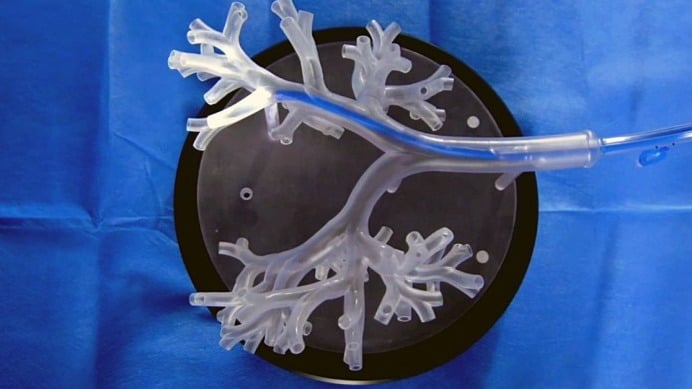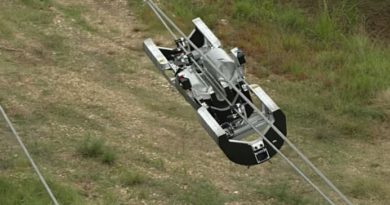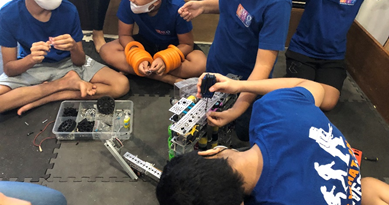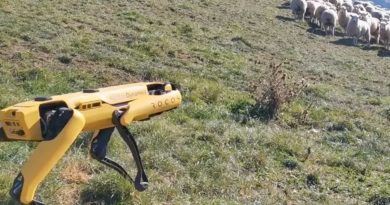‘Game-Changing’ Robotic Technology Goes Mainstream, Diagnoses Lung Cancer
A new robotic diagnostic tool can detect lung cancer at much earlier stages than conventional ones.
Early-stage lung cancer often shows no symptoms, which means people typically don’t find out how grim things are until the cancer is more developed, harder to treat, and several times more deadly.
“That’s been the problem with lung cancer. At early stage, the vast majority of our patients do not have symptoms. Then it just grows and spreads. By the time you do have symptoms, it’s not early stage any longer,” said pulmonologist Doctor Robert Kruklitis of LVPG pulmonary and critical care medicine and vice president of transformation at Lehigh Valley Health Network (LVHN), according to the blog post.
Called the Auris Health’s Monarch Platform, the new robotic lung cancer-diagnosing system is only available in this region at LVHN, and diagnoses lung cancer sooner than conventional methods.
Another doctor and Chief of Section of Thoracic Surgery associated with LVH Cardiac and Thoracic Surgery named Richard Chang said LVHN nabbed the next-gen technology for its comprehensive lung program.
“It’s the only one in the region for sure, only a few units in Pennsylvania,” said Chang in the blog post.
The Monarch Platform itself uses a handheld controller — which lets health care providers navigate the lungs using a flexible robotic endoscope. Live video — combined with state-of-the-art computer-assisted navigation using a pre-rendered 3D model of a patient’s lung anatomy enables a specialist to seamlessly monitor continuous bronchoscope vision throughout the procedure.
Additionally, specialists may use the robotic endoscope to retrieve tissue samples from anywhere inside the lung — including small nodules in areas difficult to reach — which were beyond the scope of traditional medical tools.
“The robotic platform is the next generation. Instead of using our hands, where we navigate using gross movements, the robotic technology allows the tip to be navigated using a joystick, and then this tip can be navigated direct to any point in any target in the lung,” explained Chang in the blog post. “The accuracy is far superior.”
Before this innovative robotic lung cancer diagnostic tool, specialists weren’t always able to reach some lung nodules, explained Kruklitis. “Up until now, there have been some lung nodules that I don’t feel we’ve been able to successfully biopsy,” which forced some people to wait months to see if the nodules got large enough to reach — wondering in helpless anxiety whether or not their final ticket had come.
Obviously, the best way to lower one’s risk of lung cancer is to stop smoking, and stay away from rooms or areas where other people smoke. But in modern society and even in the time of the coronavirus crisis, this just isn’t a realistic option. Thankfully, robotic technology in health care is beginning to go mainstream, which means the existential terror of an untreatable lung cancer diagnosis could one day go out of fashion, like the black plague.
Source:https://interestingengineering.com




